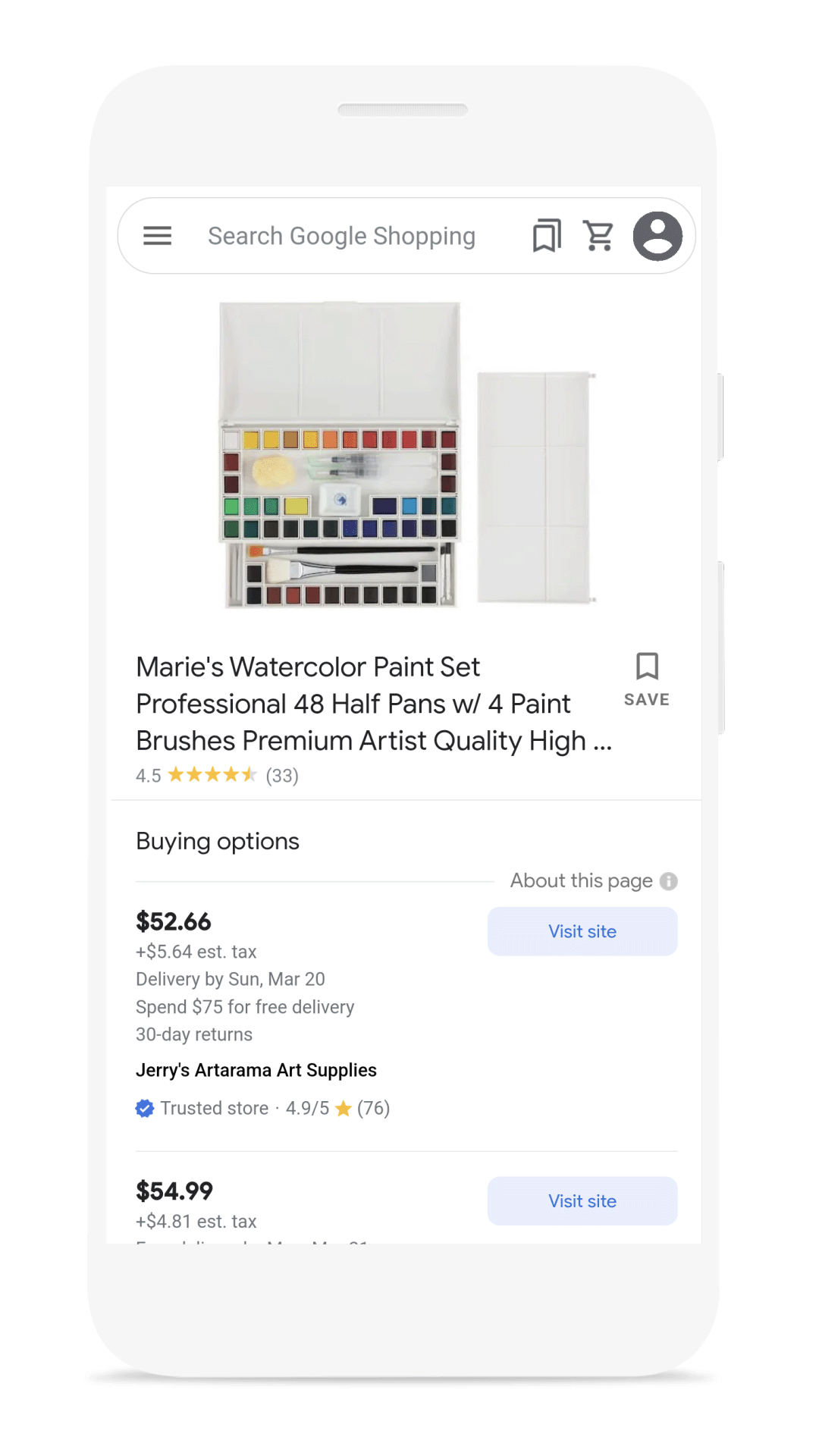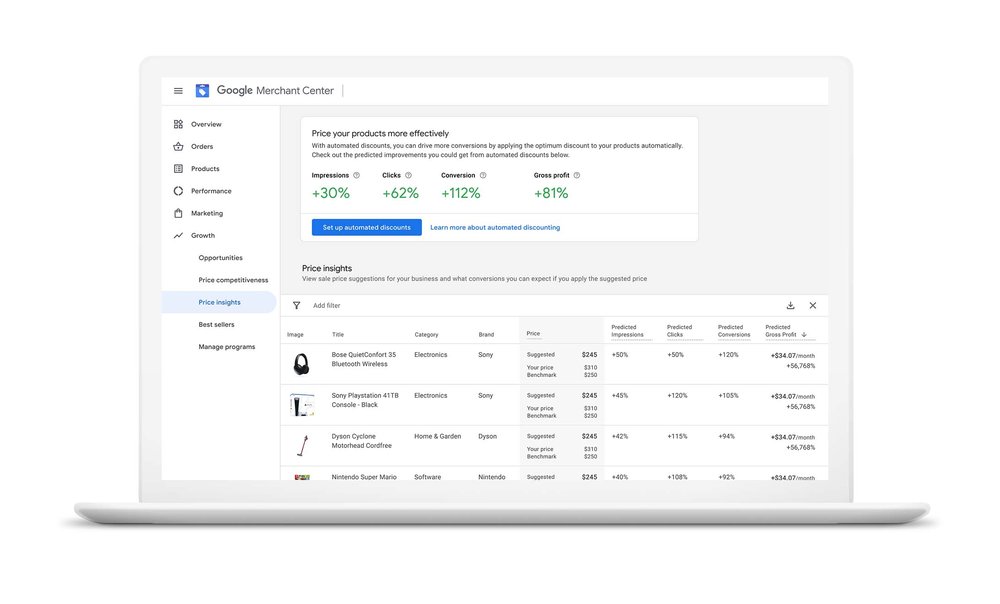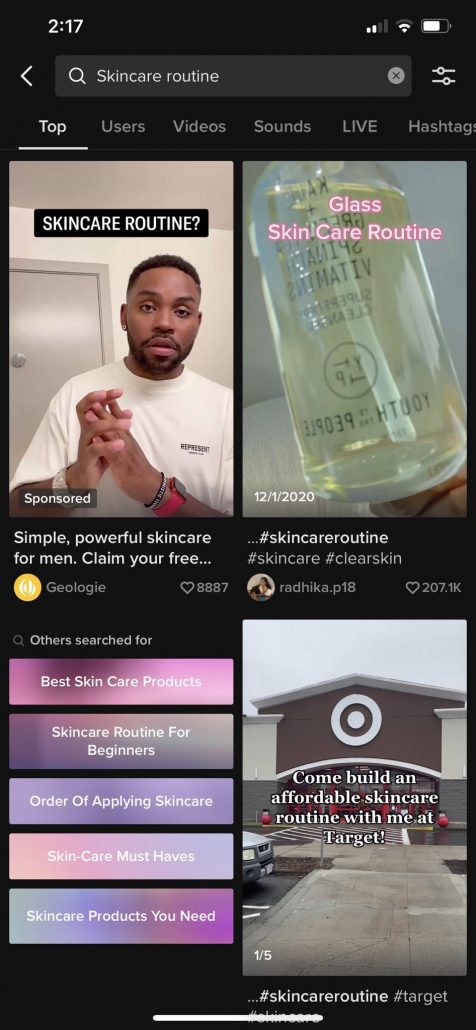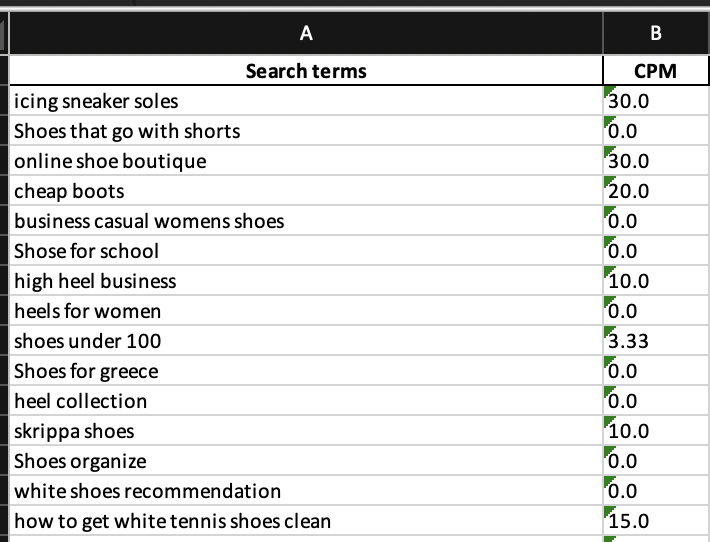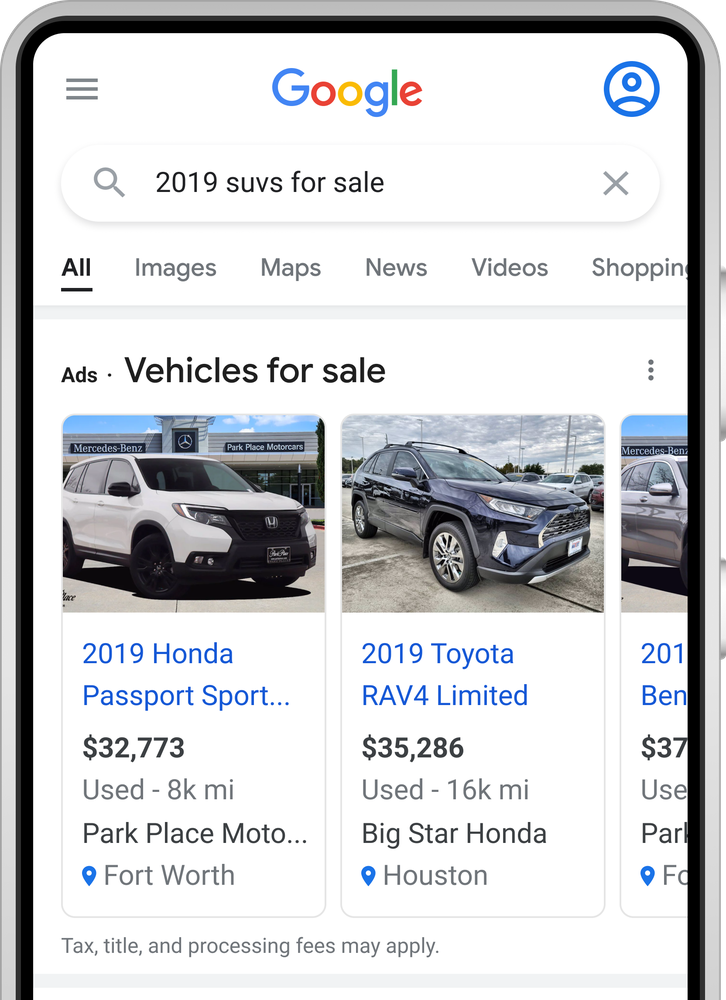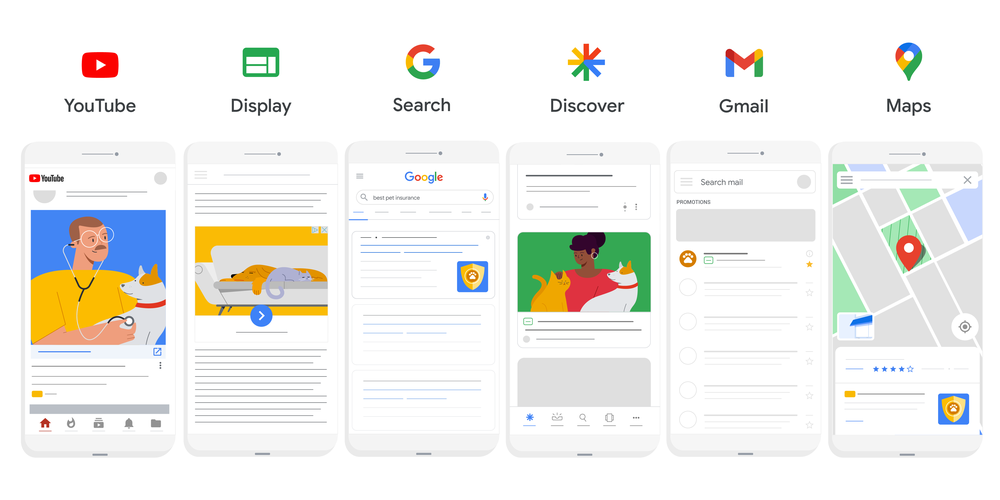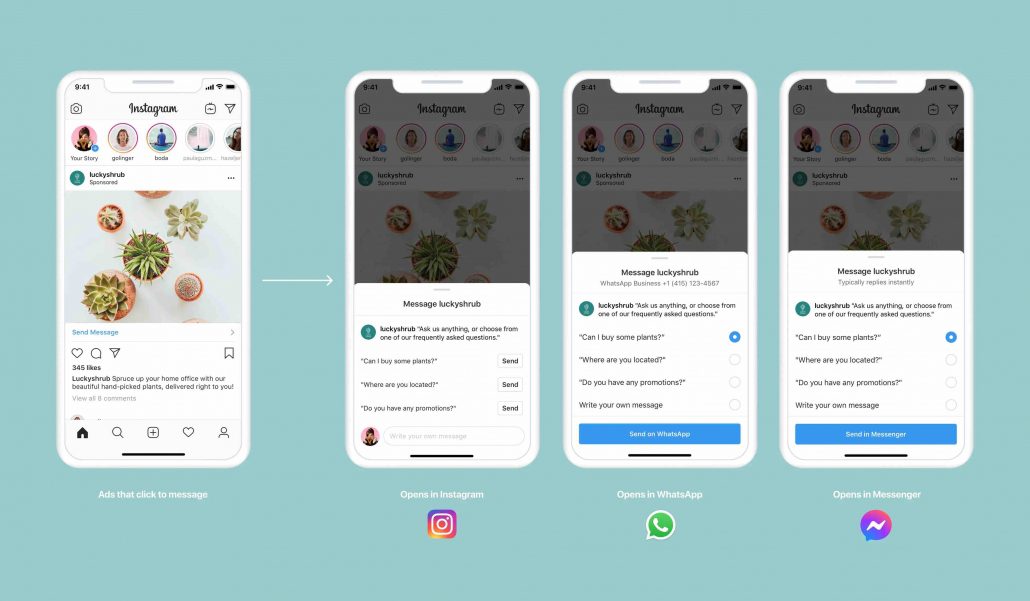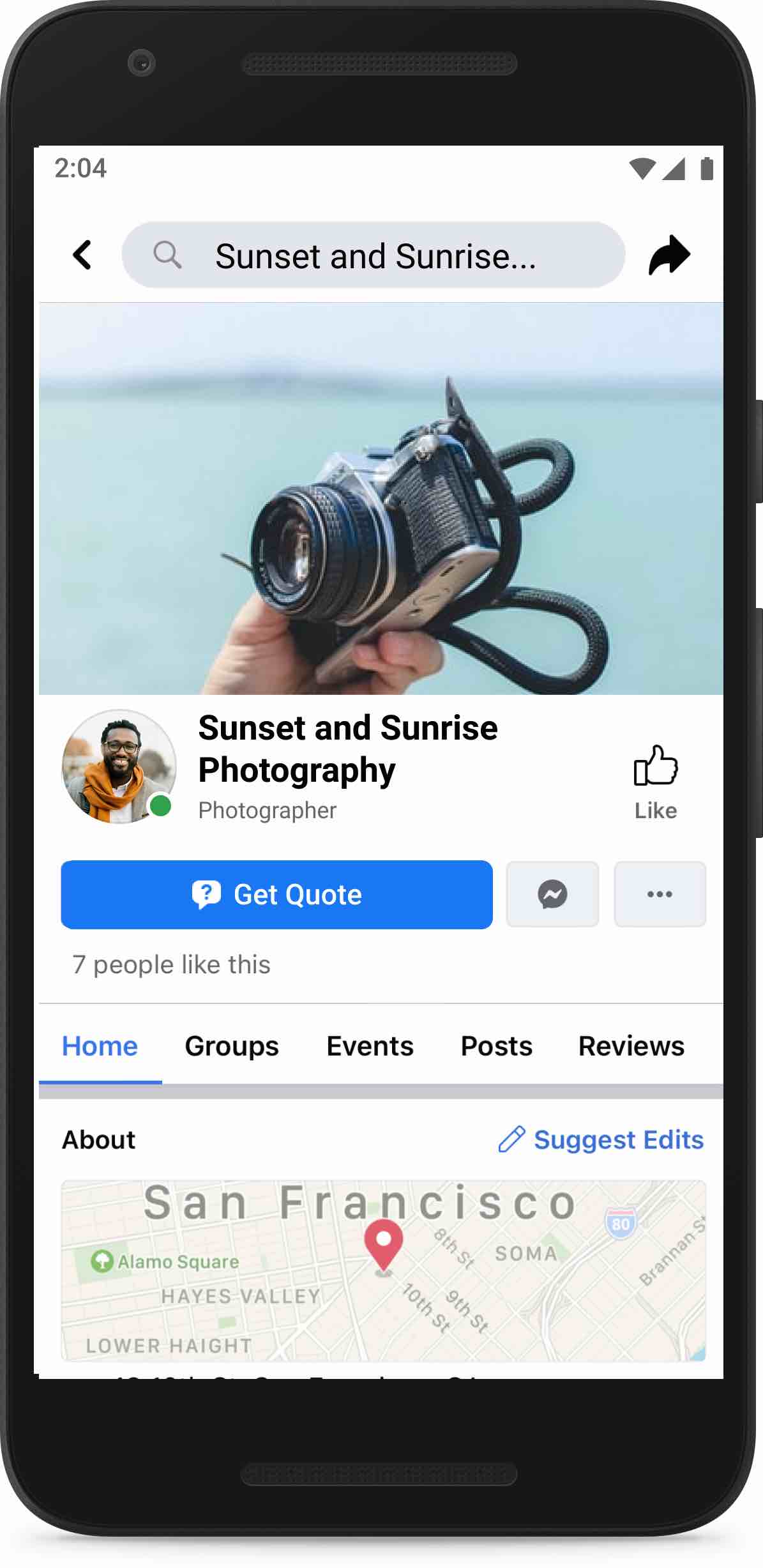Google is giving users more significant power than ever to control what ads they see. As announced at the annual I/O Summit conference (and reported by Greg Finn), this will be done by launching a new and improved My Ad Center feature that aims to make ads more transparent and relevant for consumers.
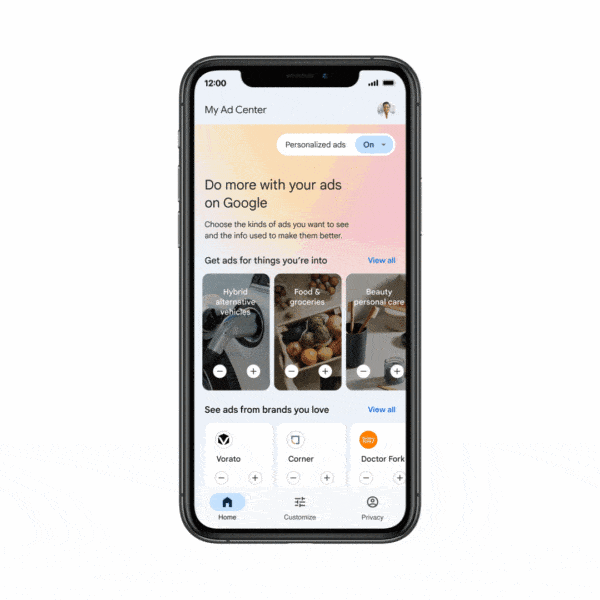
In the new My Ad Center, users will be able to find information about who paid for a specific ad and why they were targeted to see it. Additionally, users will be able to select which brands or topics they would like to receive ads for and specify the level of personalization they are comfortable with from ads.
At the time of the announcement, the My Ad Center feature is limited to only Google Search, YouTube, and Google Discover. This means users are still largely unable to dictate what type of ads they might see in other areas of Google or through the Google Display Network, though there are rumors that similar tools are coming to manage ads being shown via the display network.
Select Your Favorite Topics and Brands
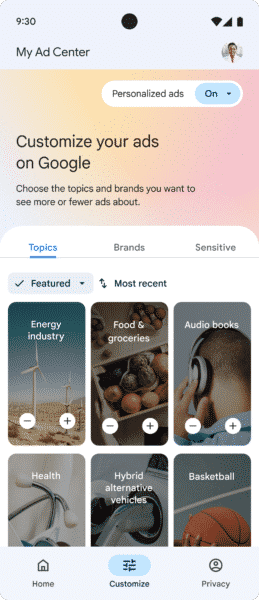
Probably the most significant new introduction in the Google My Ad Center is the ability to dictate what topics or brands you are most interested in seeing ads about.
Of course, users may still see ads or topics not listed in this tool if Google believes it is relevant to them. Still, this gives you significant influence by directly telling the search engine what you want to see.
More Transparent Advertising
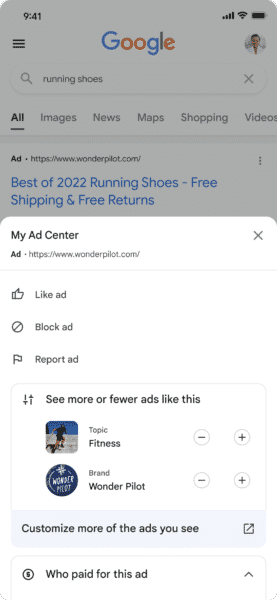
Beyond controlling the ads you see, My Ad Center also aims to give you more information about the ads being shown by expanding the previously introduced “about this ad” section.
Here, you will find details about who paid for an ad (using Advertiser Identity Verification) and information about why Google included you in the targeting for this ad.
Ad Personalization Settings
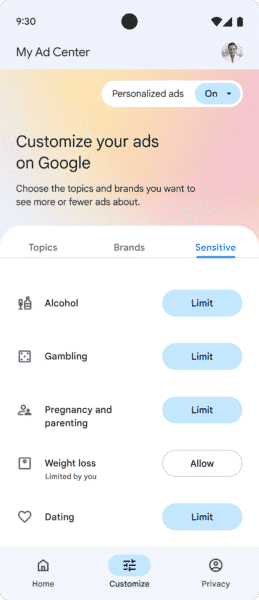
Personalization has become increasingly common in ads over the last few years, with advertisers using details like age, relationship status, education level, and more to create, personalize, and target ads.
Now, users can opt out of this by limiting any or all details used to personalize ads.
In this section, you can also limit or allow sensitive ad topics such as gambling, alcohol, or weight loss to be shown to you.
Lastly, My Ad Center gives users control over what data sources are used to personalize ads and where (for example, allowing personalized Google Search results or YouTube recommendations).
The new My Ad Center feature is expected to launch soon, though an exact date is unavailable.

